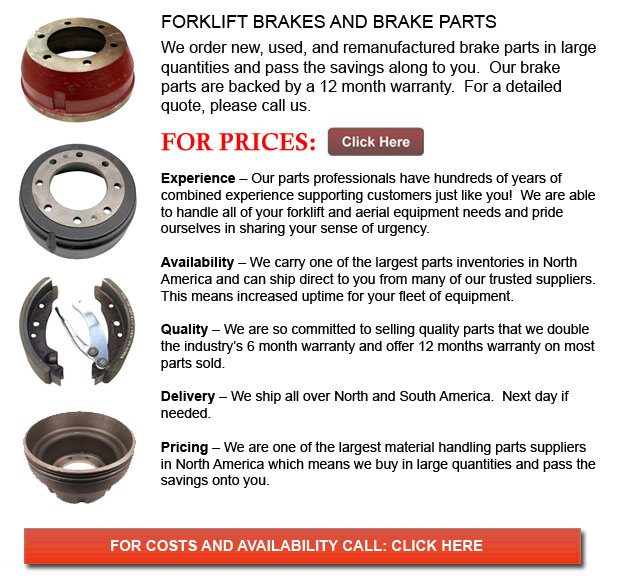
Forklift Brakes - A brake drum is where the friction is supplied by the brake pads or brake shoes. The pads or shoes press up against the rotating brake drum. There are some other brake drums types along with certain specific differences. A "break drum" will generally refer to when either pads or shoes press onto the inner outside of the drum. A "clasp brake" is the term used so as to describe if shoes press next to the outside of the drum. Another kind of brake, called a "band brake" uses a flexible belt or band to wrap all-around the outside of the drum. Whenever the drum is pinched in between two shoes, it could be called a "pinch brake drum." Similar to a conventional disc brake, these kinds of brakes are somewhat uncommon.
Old brake drums, before nineteen ninety five, needed to be constantly adjusted to be able to compensate for wear of the shoe and drum. "Low pedal" can cause the needed modifications are not performed satisfactorily. The vehicle can become dangerous and the brakes can become ineffective if low pedal is mixed with brake fade.
There are different Self Adjusting Brake Systems presented, and they could be categorized within two major kinds, RAD and RAI. RAI systems have in-built devices which prevent the systems to recover if the brake is overheating. The most recognized RAI makers are Lucas, Bosch, AP and Bendix. The most well-known RAD systems include AP, Bendix, Ford recovery systems and Volkswagen, VAG.
Self-adjusting brakes usually utilize a tool which engages just when the motor vehicle is being stopped from reverse motion. This stopping approach is satisfactory for use where all wheels make use of brake drums. Most vehicles today make use of disc brakes on the front wheels. By working only in reverse it is less probable that the brakes will be adjusted while hot and the brake drums are expanded. If adjusted while hot, "dragging brakes" could happen, which increases fuel expenditure and accelerates wear. A ratchet mechanism that becomes engaged as the hand brake is set is one more way the self adjusting brakes could work. This means is just appropriate in applications where rear brake drums are used. If the parking or emergency brake actuator lever goes over a particular amount of travel, the ratchet improvements an adjuster screw and the brake shoes move toward the drum.
There is a manual adjustment knob placed at the base of the drum. It is typically adjusted via a hole on the other side of the wheel and this requires going underneath the lift truck together with a flathead screwdriver. It is of utmost significance to be able to move the click wheel correctly and tweak each and every wheel evenly. If uneven adjustment occurs, the vehicle can pull to one side during heavy braking. The most effective method so as to make sure this tiresome job is completed safely is to either raise each and every wheel off the ground and spin it manually while measuring how much force it takes and feeling if the shoes are dragging, or give each one the same amount of clicks manually and then perform a road test.
![]() Click to Download the pdf
Click to Download the pdf
Forklift Parts
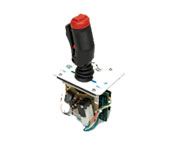
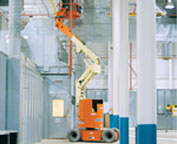
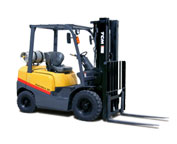
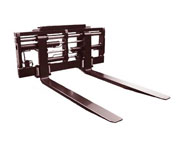
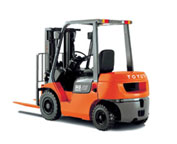
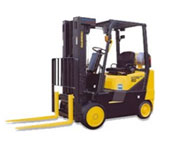
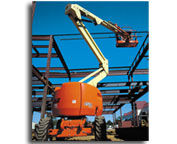
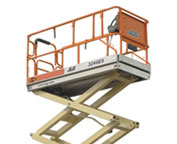
Lift Parts Express
TOLL FREE: 1-888-695-7994
Green Bay, Wisconsin
forkliftpartsgreenbay.com
Email Us
About Us


